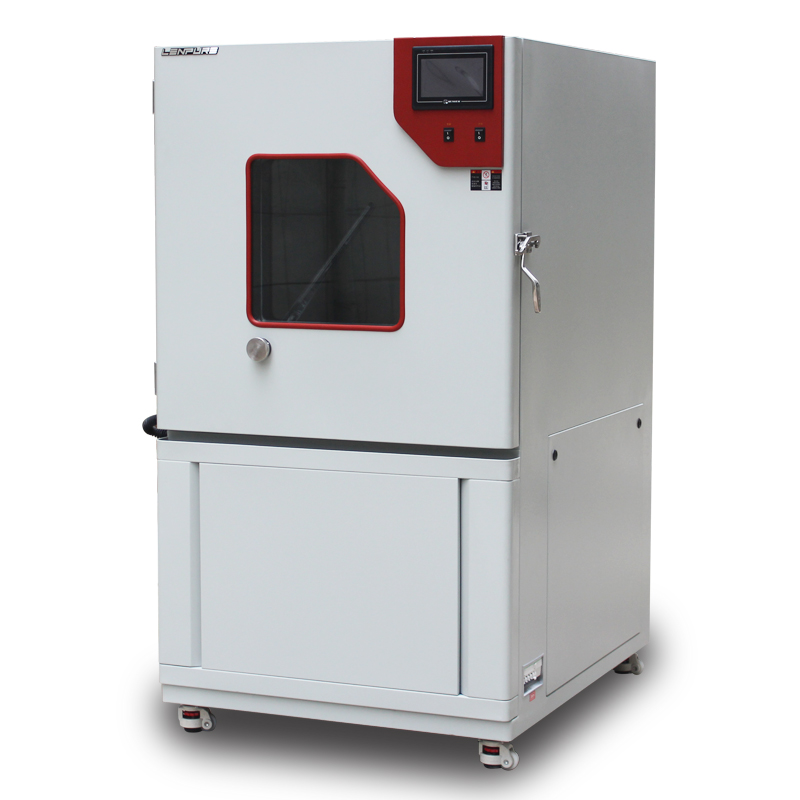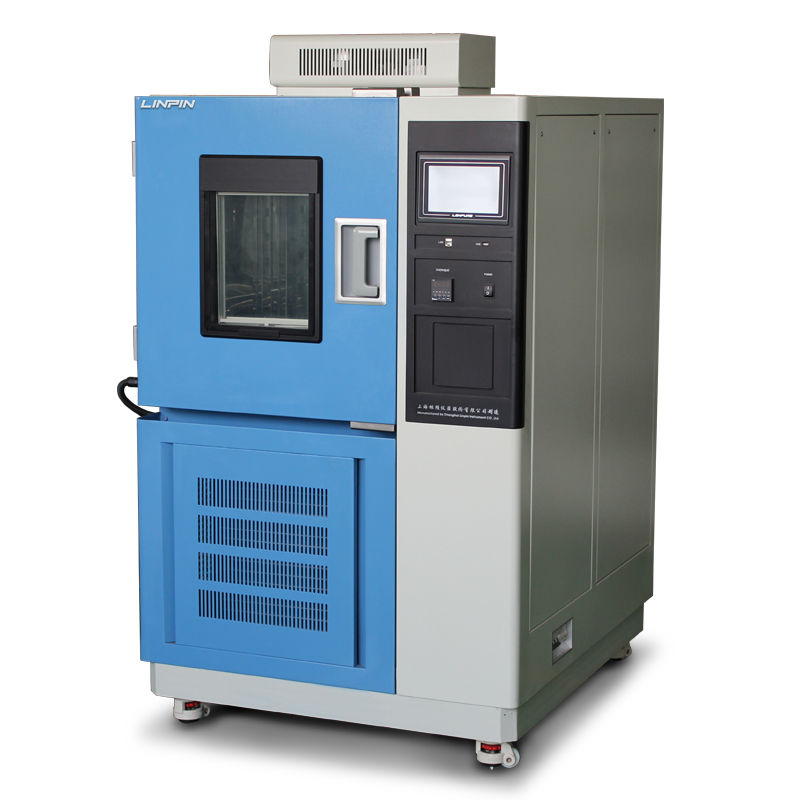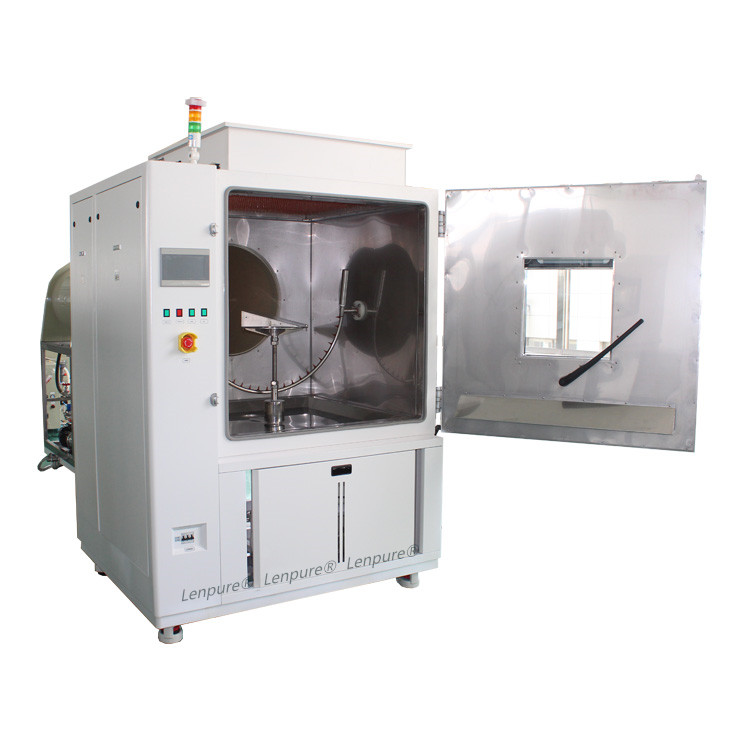Food Packaging Material Testing: How Does a Sand and Dust Test Chamber Simulate Harsh Environments?
Author:LINPIN Update Time:2025-07-26 Source:LINPINIn the food packaging industry, ensuring the quality and safety of packaging materials is critical. Packaging must not only protect food from contamination but also withstand various external conditions during transportation and storage. Particularly in harsh environments, whether packaging materials can maintain their protective performance is a key indicator of reliability. The sand and dust test chamber, a specialized device for simulating harsh conditions, has become an essential tool in food packaging material testing.
1. Challenges of Harsh Environments on Food Packaging Materials
With the diversification of global logistics and increasingly complex transportation conditions, food packaging materials often face the following extreme environmental challenges:
- Dust and sand particle erosion, leading to surface abrasion and reduced sealing performance.
- High-temperature and dry conditions, which may cause material brittleness or deformation.
- Frequent temperature and humidity fluctuations, affecting mechanical properties and protective effectiveness.
Therefore, accurately simulating these conditions to test material durability is crucial for improving product quality.

2. The Core Role of Sand and Dust Test Chambers
Sand and dust test chambers are specifically designed to simulate harsh environments such as sandstorms and dust exposure, replicating real-world particle erosion under controlled laboratory conditions. Key functions include:
- Simulating sandstorm conditions: A circulating fan evenly blows fine sand and dust particles onto test samples, mimicking natural wind and sand erosion.
- Adjustable simulation parameters: The chamber controls wind speed, particle size, dust concentration, and test duration to precisely reproduce different harsh conditions.
- Reliable sealing: The chamber is tightly sealed to prevent external interference, ensuring test data accuracy and repeatability.
3. How Sand and Dust Test Chambers Enhance Food Packaging Quality Assurance
Through simulated testing, sand and dust test chambers provide comprehensive data to support packaging material evaluation:
- Assessing abrasion resistance: Determines whether the material can withstand continuous friction from sand and dust without damage or loss of sealing integrity.
- Testing sealing performance stability: Simulates dust infiltration that may compromise packaging seals, helping manufacturers optimize design.
- Verifying changes in physical properties: Evaluates material durability under prolonged exposure to sandstorm-like conditions, aiding in lifespan prediction.
By realistically simulating harsh environments, sand and dust test chambers provide scientific validation for food packaging material quality. Utilizing this advanced equipment, manufacturers can ensure packaging stability in extreme conditions while enhancing product competitiveness and safety standards.





